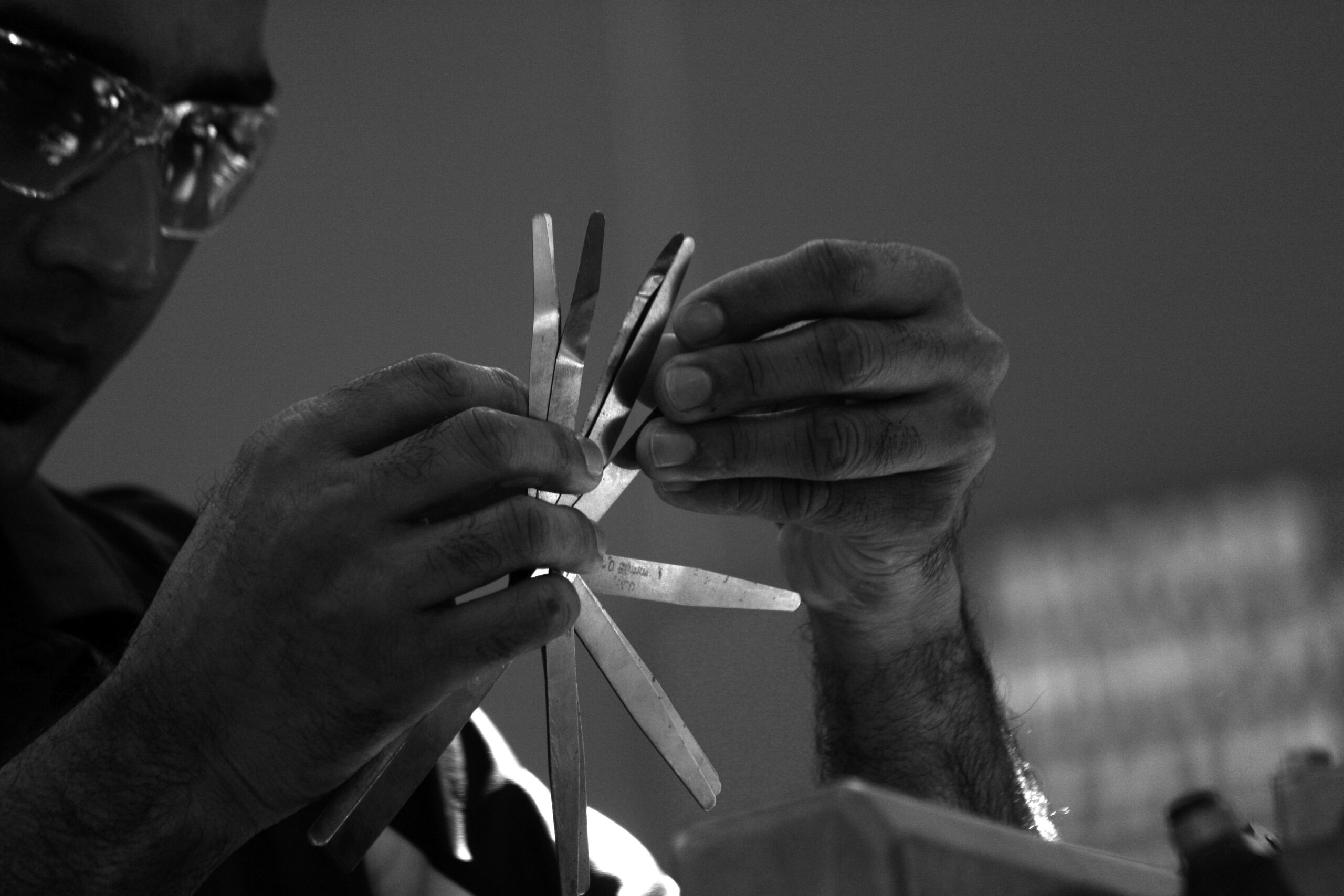Are you looking for ways to improve your machine tools’ durability? Do you want to learn about all the methods for keeping them efficient? If so, then you need to learn all that you can about preventative maintenance, rather than reactive maintenance.
Machine tools are a pivotal part of your operations. If even one shuts down, your entire line is put on pause. That’s going to waste time and cash flow.
See below for several forms of preventative maintenance that you can do to ensure your machine shop tools last as long as possible. Be sure to keep them all in consideration as you analyze your current processes.
1. Prioritize Maintenance by Usage Amount
Many companies prefer to schedule an all-encompassing maintenance process by scheduling it once every few weeks. They opt to clean every machine tool at the same time to create a consistent cleaning schedule for their operations.
However, there are two things wrong with that method. First, you might potentially harm the productivity of one machine by cleaning it too frequently. Two, one machine might not be getting frequent enough cleaning for its workload.
Naturally, there are some machine tools that you’ll use a lot more than others. There might be some tools that need to be scheduled once every few days, not once every few weeks.
Be sure to monitor the usage via your machine automation. Prioritize your cleaning schedule based on the usage of each machine tool.
2. Understand the Details of Your Machine Tools
If you truly want to build extensive preventative maintenance (PM) cleaning program for your machine tools, you have to understand them inside and out.
Granted, not everyone is as savvy with the inner workings of machines, so you’ll need some help. First, be sure to keep the manuals of every machine in your line close by, take the time to read them all accordingly.
Second, maintain a constant flow of communication with your machine operators. They work with them daily, so even if they don’t understand the inner workings of the machine, they know when something is up with the machine.
You can also bring a mechanical engineer in every so often (assuming you don’t have one on staff) to help explain the machine tools in terms you’ll understand.
Just to clarify, this doesn’t mean you have to memorize every cog in the machine. You should simply understand the main features of each machine tool, common issues they might have, and what kind of preventative care can help stop a machine failure.
3. Effectively Train Your Staff
Taking all this time and effort to create a preventative maintenance plan and learning the ins and outs of your machines is worthless if you don’t reiterate it to your staff. They’re the ones on the ground floor each day, they’re the ones that need the information most.
Even if you have to take several hours out of your day each week, make sure to educate your staff on the operations of the machine tools they oversee.
This can help them understand the key features of each machine, as well as know when to stop operations or report a problem.
A key feature of effective preventative maintenance is cleaning highly-used machine tools after every workday. If you train your staff on how to properly clean them, it will become like second nature to them in no time.
Educating the operators and other work floor employees can also ensure safety among your staff. Not only are you preventing machine failures, but you’re also preventing workplace injuries.
Review the owner’s manual with them often and practice what you preach. Hold them accountable for their cleaning duties and effectively monitoring the machine.
4. Stock Up on Spare Parts
No matter how efficient your new preventative maintenance program is, there will always be wear and tear with your machines. The opportunistic companies are the ones that prepare for that wear and tear ahead of time.
Knowing that, you can either continue to push on knowing that you’ll one day have to stop production while waiting for a part to come in or stock up ahead of time.
After you read the owner’s manual on each machine tool, you’ll know which parts are more susceptible to failure. If you buy spare machine parts before they’re needed, then you can replace them far faster and have your operations back up and running in no time.
5. Always Document Maintenance History
Every form of maintenance on your machine tools needs to be documented. Every time a part gets repaired/replaced, every time a worker cleans the machine tools, everything.
Having documentation on the preventative maintenance of each machine tool on your operations line will help you prioritize an efficient schedule. That way, if one machine hasn’t been cleaned in a while, you can adjust the plans accordingly.
This will also help you project when it might come time for a certain machine tool to need a repair or replacement. The manufacturer of your machine tools should tell you the typical lifespan of each product. Keep note of that as you buy spare parts.
Prioritize Your Preventative Maintenance on Your Machine Tools
Now that you have seen several effective ways to prioritize preventative maintenance for your machine tools, be sure to use it to your advantage.
Be sure to read this article for more information on where the automotive industry trends will take the operations in the next few years.
For more inquiries, please be sure to reach out via our contact us page and we will be happy to assist you further.



